Teaching Statement
My Teaching Statement
-
My primary goal is to contribute to students’ success in the workplace. This was reinforced when I worked in public accounting and supervised new staff from other universities. That experience made me realize the importance of giving our students a competitive advantage that is clear to employers, regardless of the career paths they pursue. I aspire to teach students how to use learned fundamentals to address new and more complex issues they will face during their careers.
-
I have taught many different courses over the years. For many years, I taught Intermediate Accounting (ACCT 327) to junior accounting majors and Energy Accounting (ACCT 403/603), which I developed for Mays Business School.
Currently, I teach two courses at opposite ends of the student experience level spectrum. In College Station, I teach BUSN 101 called Freshman Business Initiative to first semester freshmen. The purpose of the course is for students to learn about business, Mays Business School, and themselves. In Houston, I teach FINC 662 – Energy Finance – to working professionals in our Professional MBA program. Students in that program are working full-time and going to school every other weekend. I also teach in our executive development programs for large corporations.
-
Every class period, I work to ensure transference of knowledge. With the freshmen, I want them to remember the content so they have something to attach new information learned in future courses. For the working professionals, my goal is that students learn something in class that they can use on the job on Monday. I use interactive activities that require the students to retain knowledge through practice and I meet students where they are with memorable examples.
I have developed this teaching style through the Center for Teaching Excellence courses and independent research. Additionally, one book has helped me develop a more effective teaching approach, How Learning Works: Eight Research-Based Principles for Smart Teaching (Levitt et al., 2023). Those resources provided me with practical tools I use to engage students in critical thinking. The following are a few examples of how I achieve this.
Provide practice that develops mastery:
The courses I teach rely heavily on students being prepared each time they come to class. I use pre-class quizzes and assignments to ensure students have foundational knowledge in any topics we are covering in class. This allows us to use class time to practice and master concepts covered. Depending on the course level, students may have key terms they need to memorize or guided reading. At this first pass at the material, the assignment given is extremely structured. I found in the past asking students to read a chapter did not work. As novices, they did not know what was important and they struggled to retain the knowledge. Asking them to answer specific questions, using the reading, before class dramatically transformed their level of preparedness when they walked in the door.
I also rely heavily on scaffolding (Levitt et al., 2023). Scaffolding is an effective way to bring students from novice to expert. I provide them more support when they are practicing a concept they are first learning and remove support as they develop mastery in a topic. I model how I know something and help them make connections they may not see as they are learning.
Incorporate practical application that will be used when students start working:
I use cases/projects in all of my courses that simulate what students will face in their careers. For BUSN 101, we partnered with a company called CAE to develop “performance tasks,” similar to cases. Through assessment, we determined out students struggled with critical thinking and writing effectiveness. The performance tasks are designed to give students real-world issues to tackle, even as freshmen, using a structured framework for critical thinking and problem solving.
During executive development courses, I work with the company to develop critical thinking cases that require students to make decisions they face in practice. The professional MBA students have an opportunity to do a custom project for the course. The charge for the project is to select something that reinforces concepts covered in the course and, most importantly, benefits them in their career. As adult learners, they have full autonomy to select a project of their choice. Many of them ask their boss, or a person in an aspirational role, what they can do that would advance their career. Each semester, students choose practical projects that advance their learning and their career. Several have received promotions based on the work they did for a class project.
Maintain a positive course climate:
It is important to me to maintain a positive course environment for all students. I achieve this in several ways. For example, on the first day of class I have the students take a picture and complete an information sheet. On the next class day, I know each student’s name and try to remember one interesting thing about each of them. This is just the beginning of getting to know the students on a personal level as well as a professional level that I continue through the course of the semester.
-
Several times over the course of the semester, I ask students for feedback. I adjust what I am doing in class based on those evaluations. Some feedback is more formal and provides me with specific details on the effectiveness of notes, cases, activities, and discussions. Other forms of feedback are brief such as a “Minute Paper” asking students to write for a minute stating what is still unclear to them after class. This type of feedback helps me determine topics needing further coverage. It also helps me reevaluate the way I address a topic to improve in the future. I make sure students know I value their feedback and am willing to adapt. My courses are constantly evolving to incorporate the most effective teaching methods.
I also connect my courses closely with our institutional assessment process. As we find out where students need to improve skills – such as critical thinking and writing effectiveness – I adapt my course to reinforce these competencies.


